
|

|
accessible info : JR /
Kintesu
|
|
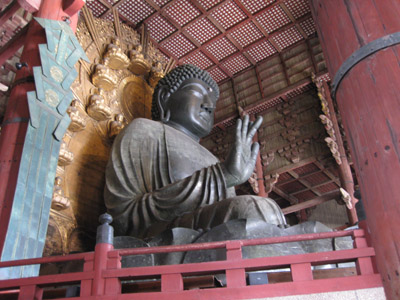 |
|
Big
Buddha |
   |

|
|
Todaiji
Temple. The main road to
the Big Buddha Hall is accessible for wheelchairs and baby
buggies. There is also a special wooden ramp to enter the Big Buddha Hall. Wheelchair
users take the wheelchair route to Big Buddha. On the east side of
temple,
visitors take a nice walk and have a good view of the temples. But
this route is quite hilly because it is located in a mountain area.
http://www.todaiji.or.jp |
|
 |
|
Nara
Park |
   |

|
|
Same
area as Todaiji Temple and Kasuga Shrine, the Nara National
Museum, Kofukuji Temple, and many famous ponds. There are many
deer in this park. Deer are regarded as a symbol of God's
messengers. There are many public toilets including wheelchair
accessible ones.
http://nara-park.com
|
|
 |
|
Nara
National Museum |
   |

|
|
The
Nara National Museum is fully
wheelchair accessible. It has many ramps and lifts. The new and
old buildings are connected on the underground floor. Many national
treasures such as Buddhist sculptures, paintings, writings and
decorative arts are displayed.
http://www.narahaku.go.jp/english/index_e.html
|
|
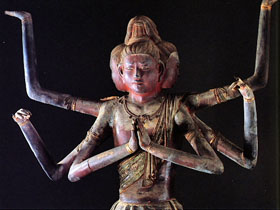 |
|
Kofukuji
Temple |
   |

|
|
Many
national treasures here. Free to enter Kofukuji Temple. No problem
for wheelchair users to move around this temple. We
must pay entrance fee for National treasure museum and
the Eastern golden hall . National treasure museum
is wheelchair accessible, but the Eastern golden hall is
not.
http://www.kohfukuji.com/english.html
|
|
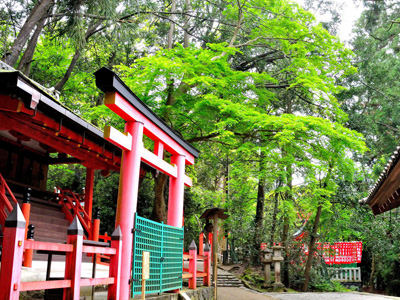 |
|
Kasuga
Taisya |
   |
 |
|
Nara's
most celebrated Shinto shrine having a long history. Non step but unpaved
roads to the entrance of shrine. However many steps and stairs inside
the shrine because this shrine was bulilt in a mountain.
http://www.kasugataisha.or.jp/
|
|
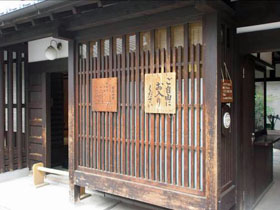 |
|
Naramachi |
   |

|
|
An
old
town. Located on the south of Kofukuji Temple. Some old house,
which are opened for public, have
non-step entrance or ramp. Wheelchair users can enter some part of
them. Enjoy walking around.
|
|
 |
|
Heijo
Palace |
   |

|
|
Nara
was the capital of Japan from 710 to 794. Heijo Palace was the emperor's residence and the government offices.
All the buildings were destroyed, but the Japanese government rebuilt
parts of them. The area is free to enter like a park. Main roads
are paved.
http://heijo-kyo.com
|
|
 |
|
Yakushiji
Temple |
   |

|
|
UNESCO
world heritage site. There are some ramps in the temple, but not fully
wheelchair accessible.
Kintetsu Nishinokyo Station has a ramp gate for wheelchair users.
Also one step bus with ramp runs between Yakushi and Nara station.
http://www.nara-yakushiji.com
|
|
 |
|
Horyuji |
   |

|
|
World's oldest surviving wooden
structures. The oldest temple in Japan. Build in 7th century.
There are ramps at the gate and entrance for wheelchair users.
Treasure House is new and fully wheelchair accessible. JR Horyuji
Station has a lift.
No problem to visit on wheelchair.
http://www.horyuji.or.jp/
|
|
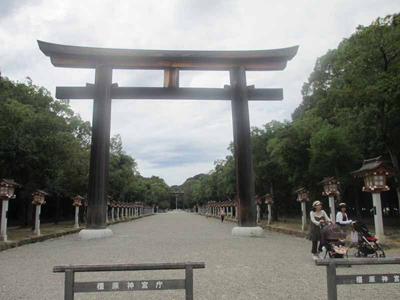 |
|
Kashihara
Jingu |
   |

|
|
Sacred shrine built in 1890, located on the south of Nara. The total area is about 50 square meters. Wheelchair users have access from the main gate to shine buildings. But there are stairs at the north gate. The main sanctuary has an accessible ramp
|
|
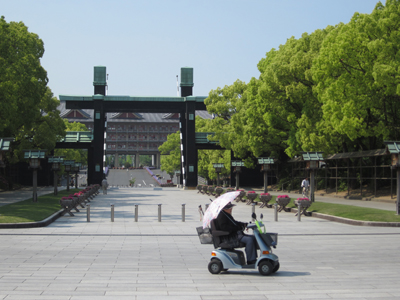 |
|
Tenri |
   |

|
|
Tenri is a holy city of Tenrikyo which is one of contemporary religions in Japan. Tenrikyo Church Headquarters is open 24 hours a day, 365 days a year. Anyone can enter the building freely. Japanese-style wooden structure. The sacred place is huge and very clean. Two lifts for wheelchairs users. Both JR and Kintesu Tenri Stations are wheelchair accessible. Shopping arcade street is flat and runs 1km from the stations. There are also many historical walking routes in Tenri city.
http://www.tenrikyo.or.jp |
|
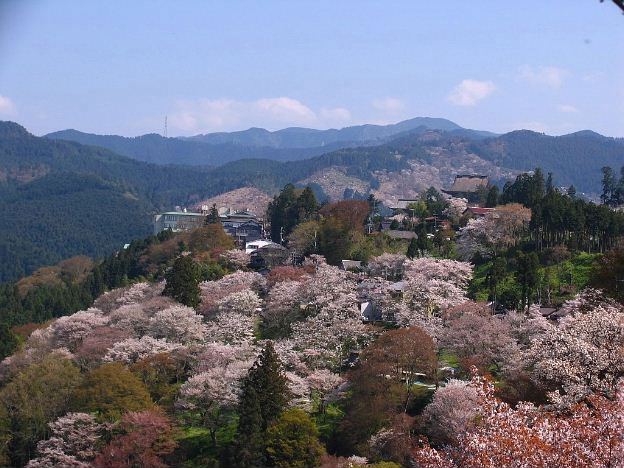 |
|
Yoshino |
   |

|
|
UNESCO
World's heritage site. Deep mountains. One of the most famous cherry
blossom sites in Japan. The roads are quite hilly and full of stairs. Very
difficult and tough to walk for wheelchair users. We can go to
Yoshino from Kintetsu Abeno Station by Kintetsu railways. Both stations are
wheelchair accessible.
http://www.yoshinoyama-sakura.jp/english/
|
|
.jpg) |
|
Ninja
museum of Igaryu |
   |

|
|
Located
Iga area, 60 min by car from Nara, 90 min from Kyoto. Iga is most
famous Ninja area during Japanese war age. Ninja museum is not
full wheelchair accessible, but a wheelchair user can see the
antique Ninja house from the garden. Exhibition and performance
are no problem. 300 meter walk on stone road from the parking lot.
Possible to visit on wheelchair.
http://www.iganinja.jp/ |
|

|



![]()